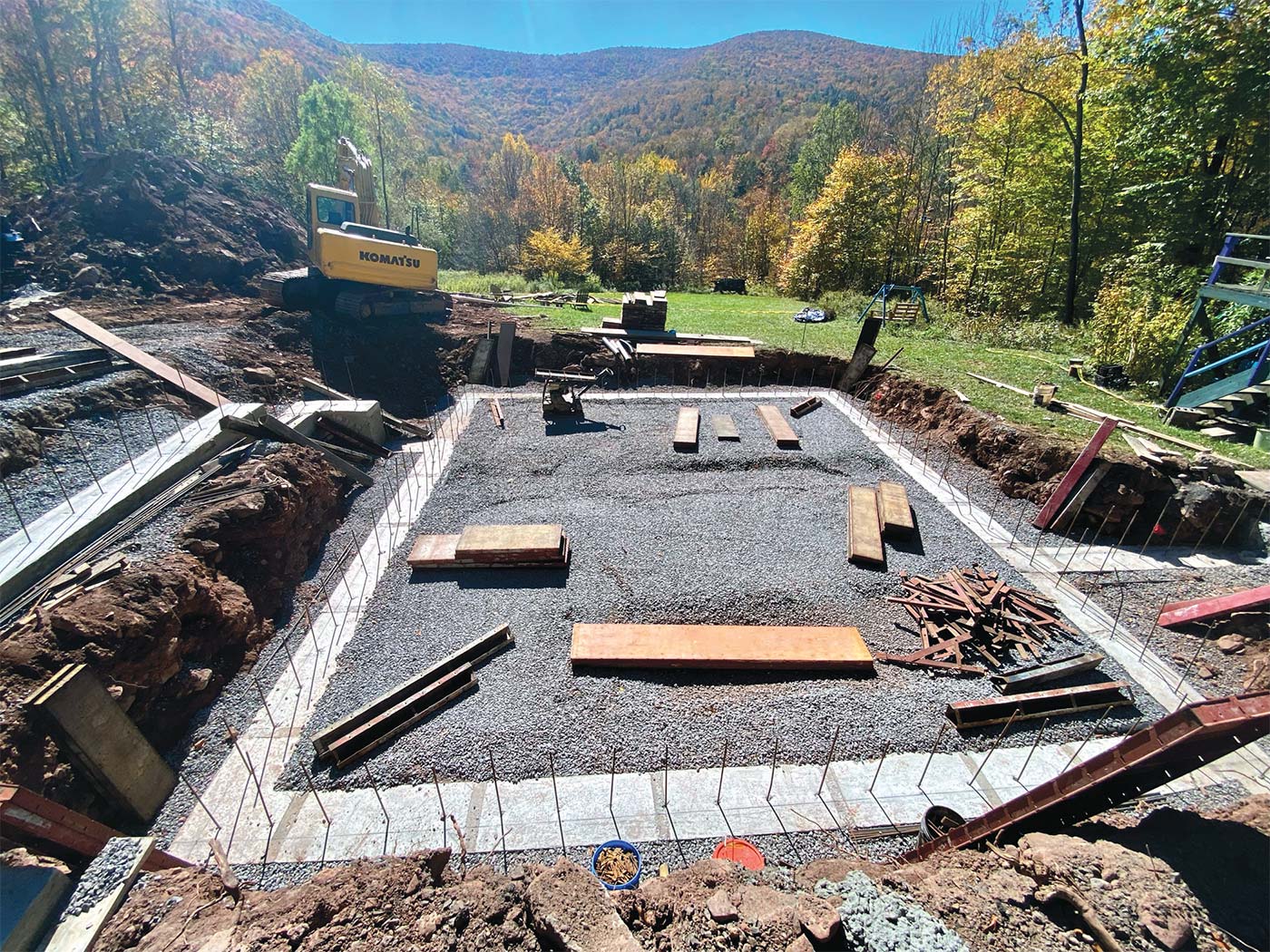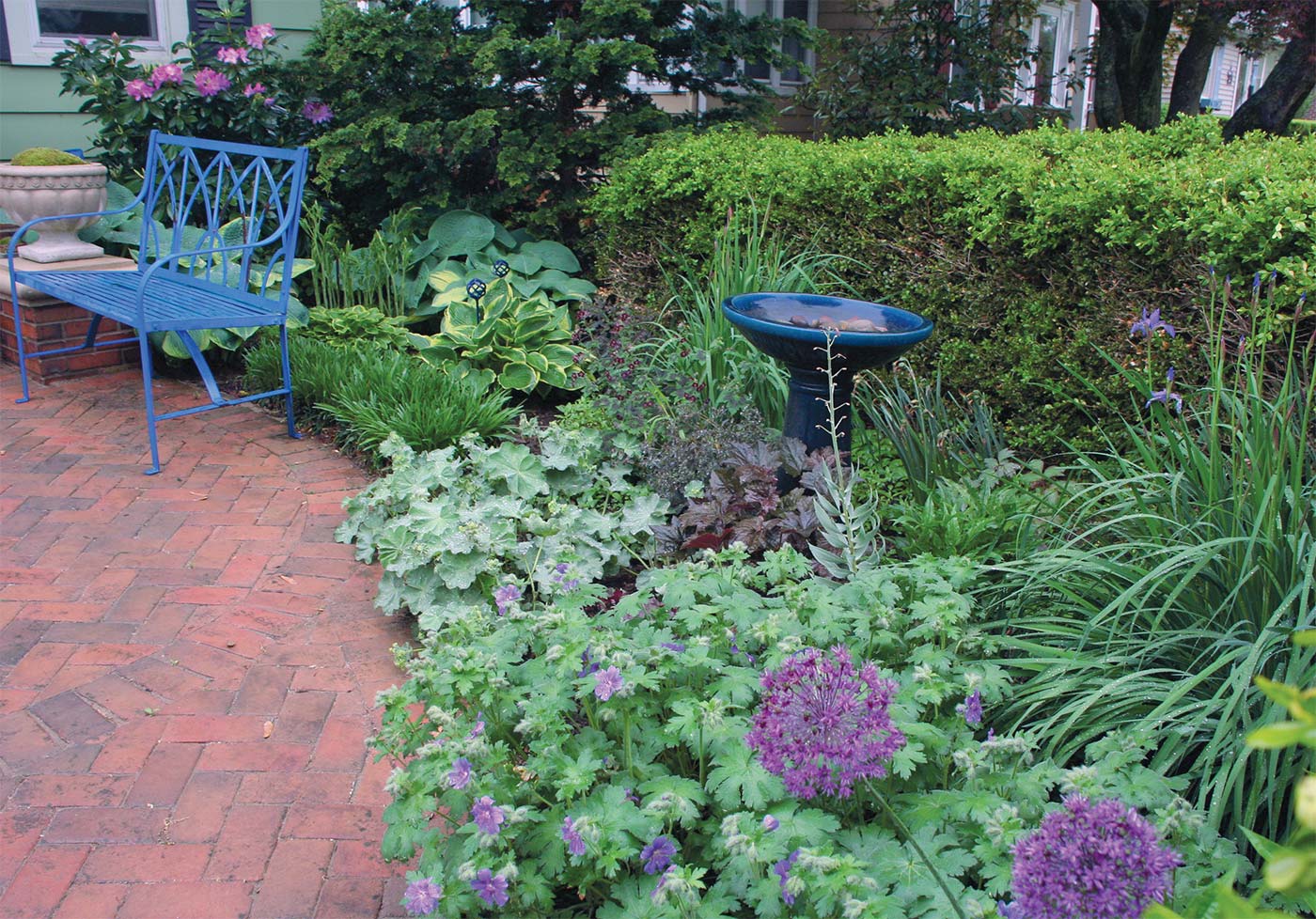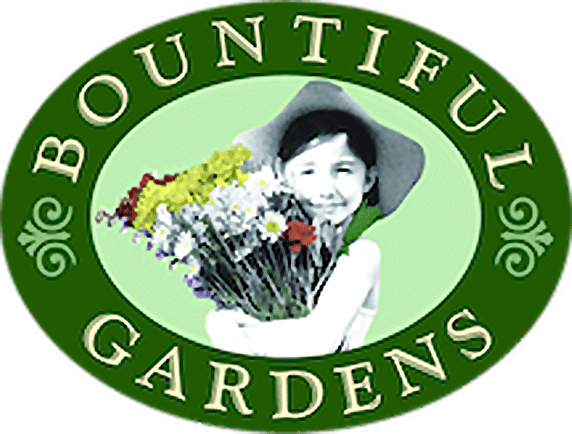The Grass is Always Greener
A longtime contributor has her sights set on a move—and a deeper dig into supporting pollinators.
Twenty-seven years ago, when Max and I purchased our home in Morristown, one of the first things I did was remove all the lawn in my small front yard and plant a garden.
I was an early adopter in the “less lawn is better” movement that was nascent at the time. Lawn, we were told, required a lot of upkeep: mowing, fertilizer, and water. Yes, that was as true back in 1997 as it is today, but the garden I planted was certainly not low maintenance.
I fertilized regularly, and not with an organic fertilizer. “Fertilizer on Fridays” was a mantra. Today, I leave most of the leaves and debris in place to decompose where they are and add some compost when I have it. That chemical fertilizer I used almost 30 years ago is one of the main sources of pollution in our waterways, promoting eutrophication and mass die-off of fish, and it kills the microbiomes needed for soil health.
I love the photos of that early garden. It was beautiful and tidy.
A formal boxwood hedge enclosed the perennial garden, with groundcovers and roses outside the hedge. The garden was almost all white and purple. And we enjoyed more birds with that garden.
But if you look closely at those photos, you will see that almost none of those plants were native. At the time, we did not know that adding native plants back into landscape that had been lost to development was even more important than getting rid of lawn; with the loss of these plants, we have lost up to 40 percent of our invertebrates and birds nationwide.
About 10 years ago, I slowly started removing non-native plants and replacing them with native ones. The first to go were a butterfly bush and some tall ornamental grasses, then the roses. I still have some non-natives in my yard, but definitely nothing on the New Jersey invasive plant list.
In these almost 30 years, I have learned a lot. And now, I am moving on.
For a gardener, a move can be hard. We have just a small patch of lawn in the backyard of our suburban home; the rest is plants we’ve added. We have a lot of them. I’ve been bringing home plants for 30 years to try out; I’ve been given others by friends, contractors, and nurseries; and I’ve bought more than I care to admit. I know each plant intimately, and I know where each plant in my entire yard came from. And I’m leaving most of them behind.
We are building a new home, next to our small cabin in the Catskills. As I write this, we have just passed our footing inspection. If you have ever hiked the tallest mountain in the Catskills, Slide Mountain, you have probably driven by our place. It is where I met my husband many years ago, both of us visiting for the weekend. It can be pretty isolated in winter, but more active during hiking season, April through September. For me, a plant nut who tries to ID every weed I walk by, this is paradise.
And the view! It’s so picturesque that a garden in the foreground would only be a distraction, so in my backyard I will continue to do what I have been doing for the last 10 years: adding native plants to the diversity of the plant life that’s already there, more color to the meadows with some perennials I know have been there historically, and attracting a wider diversity of birds and insects.
In the front, between the house and the road, we will have a walled garden that we will make “gardeny.” I’ll be bringing up some plants from Morristown, and not all natives. Max flippantly calls this my “invasive garden.” But that is not true. There are many non-native plants that are not invasive and do no harm. I think of them like jewelry: lovely to look at, but neither harming or helping me or my ecosystem.
I’ve always wanted a paperbark maple. And we have a lot of hostas that Max loves. I can divide these and bring some up. I will need to be aware of hardiness zones, as we will be moving from Zone 7a here in Morristown to Zone 5b. (Interestingly, Morristown was Zone 6b until the recent updated USDA Plant Hardiness Zone Map. Our New York home stayed at 5b.)
The hostas will be fine, except the giant “Elegans.” My Japanese Forest Grass will not be, nor my hellebores. Those I will miss. No boxwood, but I won’t miss that. The Little Gem magnolia outside my kitchen window that houses so many birds is Zone 6. It won’t survive.

The author’s new view in the Catskills
I WANT TO TAKE A DEEPER DIVE INTO EXACTLY WHICH POLLINATORS ARE IN DECLINE AND THE HOST PLANTS AND NECTAR PLANTS THEY NEED FOR SURVIVAL, THEN PLANT THEM.
Over the past years in this column, you have read about some of the things we’ve been implementing on our Catskills property. I have so much more I want to do.
The highest on my list is to install a deer exclusion fence and plant some of the plants whose populations are dwindling because of the deer. This type of fence is six feet high and plastic mesh, suspended on a wire affixed to existing trees, enclosing 2,500 square feet. Actually, I want two—one at a high elevation area, and the other down near the Esopus Creek. These have two distinct plant populations. The deer problem there is not as bad as in Morris County, but there are many native plants like trillium, bloodroot, wild ginger, and ginseng that are in decline because deer eat them. Native azaleas and rhododendrons too, and I hope more oak tree seedlings come up on their own once we’ve kept the deer out.
I also want to take a deeper dive into exactly which pollinators are in decline and the host plants and nectar plants they need for survival, then plant them. For example, we know that the giant waved sphinx moth (Ceratomia undulosa), with its four-inch wingspan, is at risk. Most of our oaks are hosts to these, as well as Virginia fringetree. This tree is native, but not abundant in my area, and I may add a small grove.
A great source for researching this, no matter where you’re based, is the Partners for Climate Action, Hudson Valley website at climateactionhv.org.
I am so grateful for everything I learned in New Jersey, in my gardens and my clients’ gardens, and connecting with you, my Edible Jersey readers. I’m looking forward to everything I have yet to learn, plants I have yet to ID, and techniques I have yet to try at my new home. Follow along on my Instagram account: @carollehuber.
Editor’s Note: Edible Jersey thanks Carolle for the insight and inspiration she has provided to our Edible Jersey audience through her Suburban Ecology column. We wish her well in her new home and look forward to sharing her perspectives on occasion in future issues. —N.P.






